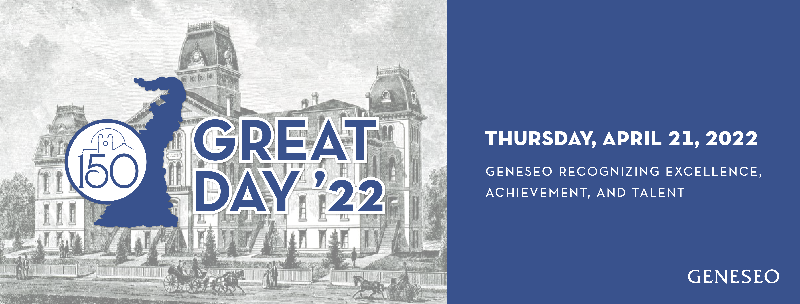
Submission Type
Poster
Start Date
4-21-2022
Abstract
People speak more naturally in a negatively framed way than a positively framed way. Negatively framed sentences/phrases (e.g. don’t hesitate) require more cognitive resources than their positive counterparts (Beltrán et al., 2019). There has been little research on the effect of double-negatives in everyday language. The question as to whether double-negatives will affect responses to situations, and affect aspects of comprehension, the experience of threat, and tone is investigated in the current study. Further, the performance on a word task is analyzed in terms of the time it takes for completion of the task when given positively or negatively framed instructions and terms. In the past study, we evaluated how participants would respond to email messages within a 2 (positive/negative frame) x 2 (threatening/non-threatening) factorial design. It was observed that participants found negative threatening messages to be more concerning, and have a less positive tone. In the future study, we will evaluate how quickly participants can complete a word search task with a 2 x 2 factorial design. In our word search completion task, we expect those who read instructions in the double negative in addition to negatively framed terms to finish the word puzzle in more time. We also expect that when the instructions and terms are framed the same way, there is potential of a faster completion time. Given that double negatives have a significant effect on cognitive resources and may influence responses, their effects should be considered in daily life.
Recommended Citation
Clancy, Megan; Connerton, Lily; Harris, Samantha; and Jean Louis, Gaetan, "213 -- Take Your Time, Don't Rush: The Impact of Framing on Comprehension and Action" (2022). GREAT Day Posters. 72.
https://knightscholar.geneseo.edu/great-day-symposium/great-day-2022/posters-2022/72
213 -- Take Your Time, Don't Rush: The Impact of Framing on Comprehension and Action
People speak more naturally in a negatively framed way than a positively framed way. Negatively framed sentences/phrases (e.g. don’t hesitate) require more cognitive resources than their positive counterparts (Beltrán et al., 2019). There has been little research on the effect of double-negatives in everyday language. The question as to whether double-negatives will affect responses to situations, and affect aspects of comprehension, the experience of threat, and tone is investigated in the current study. Further, the performance on a word task is analyzed in terms of the time it takes for completion of the task when given positively or negatively framed instructions and terms. In the past study, we evaluated how participants would respond to email messages within a 2 (positive/negative frame) x 2 (threatening/non-threatening) factorial design. It was observed that participants found negative threatening messages to be more concerning, and have a less positive tone. In the future study, we will evaluate how quickly participants can complete a word search task with a 2 x 2 factorial design. In our word search completion task, we expect those who read instructions in the double negative in addition to negatively framed terms to finish the word puzzle in more time. We also expect that when the instructions and terms are framed the same way, there is potential of a faster completion time. Given that double negatives have a significant effect on cognitive resources and may influence responses, their effects should be considered in daily life.


Comments
Sponsored by Matthew Pastizzo